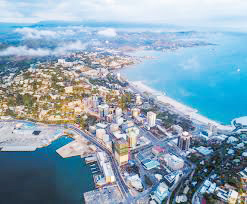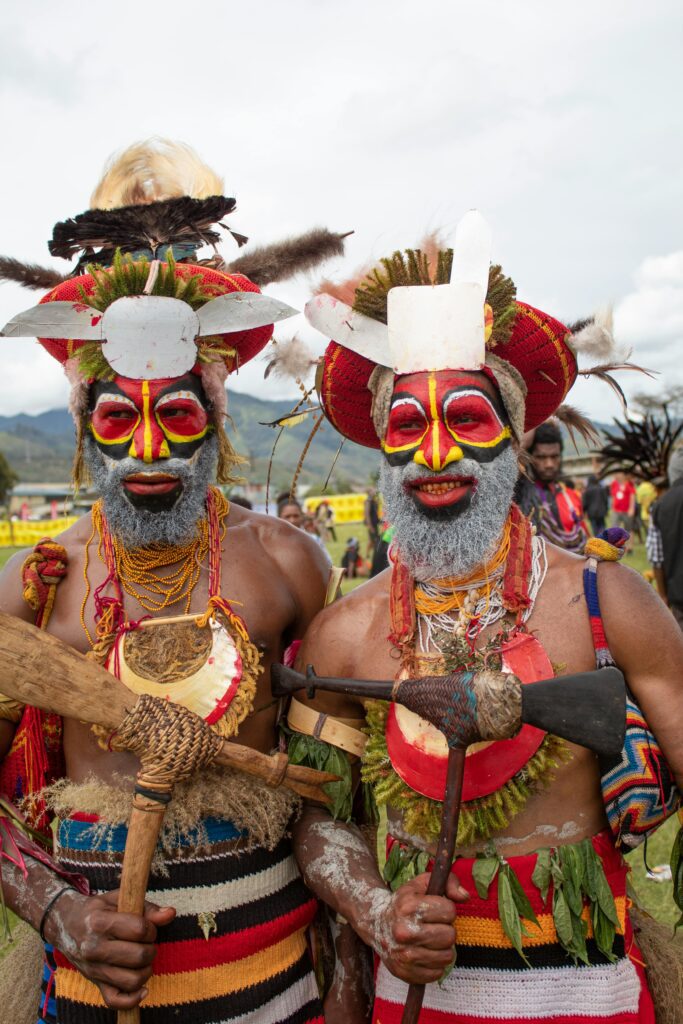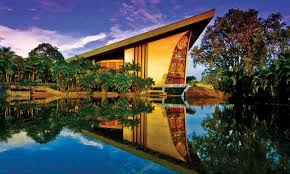This September 16, Papua New Guinea celebrates a remarkable milestone—50 years of independence. This golden jubilee marks half a century since one of the world’s most culturally diverse nations emerged from colonial rule to forge its own path.

A peaceful transformation
Papua New Guinea’s journey to independence stands as a masterclass in peaceful transition. The nation formed from two distinct territories: Papua, administered by Australia since 1906, and New Guinea, a former German colony that came under Australian control after World War I. When combined administratively in 1949, these regions retained their unique identities while gradually building toward unity.
The independence movement gained momentum through the late 1960s and early 1970s as local leaders articulated a vision of self-governance. December 1, 1973 marked a crucial milestone with self-government under Australian oversight, setting the stage for full sovereignty.

On September 16, 1975, history pivoted in Port Moresby. As the Australian flag was lowered and Papua New Guinea’s colors rose, Prince Charles, Australian officials, and PNG’s first Prime Minister Michael Somare witnessed the birth of a constitutional monarchy within the Commonwealth—maintaining connections while asserting independence.
Unity through diversity
Perhaps no country has faced Papua New Guinea’s unique challenge: uniting people who speak over 800 different languages. The solution lay not in erasing differences but celebrating them while building bridges. The independence movement understood that unity doesn’t require uniformity, making linguistic and cultural diversity the foundation stones of national identity.
Today, ancient traditions thrive alongside modern governance, creating a uniquely Papua New Guinean approach to nationhood where highland farmers and coastal communities contribute to a shared future while maintaining their distinct heritage.
Celebrating achievement
The 2025 celebrations capture this spirit perfectly. Traditional sing-sings transform public spaces into vibrant displays of feathers, face paint, and ancient rhythms—living expressions of communities that have thrived for millennia. At Independence Hill in Port Moresby, thousands gather for the formal flag-raising ceremony, while music festivals, parades, and sporting events create shared memories across diverse communities.
These celebrations extend globally, with Papua New Guinean diaspora communities organizing commemorative events worldwide, strengthening connections between homeland and international communities through social media and local gatherings.
Challenges and character
Papua New Guinea’s story isn’t one of effortless success but of a nation that has grown stronger through adversity. Challenges in economic development, governance, and social inclusion continue, yet the principles that guided independence—peaceful cooperation, respect for cultural identity, and democratic commitment—provide ongoing direction.
When communities face hardships, they draw on both traditional wisdom and modern solutions, creating distinctly Papua New Guinean approaches to complex problems.
Looking forward
As Papua New Guinea enters its second half-century of independence, it carries forward the same spirit that made independence possible: understanding that strength comes from embracing rather than fearing diversity. Future challenges—from climate change to ensuring economic opportunities reach remote villages—will require the same innovative thinking that transformed two colonial territories into a unified, sovereign nation.
This golden jubilee celebrates not just survival but transformation. Papua New Guinea proves that peaceful transition is possible, that cultural diversity strengthens nations, and that meaningful independence builds upon the past rather than rejecting it.
As celebrations continue across this remarkable nation, Papua New Guinea’s greatest achievement becomes clear: thriving for 50 years while staying true to the values that made independence possible.





